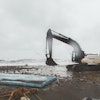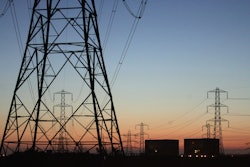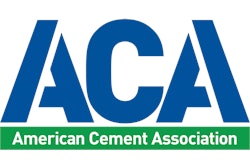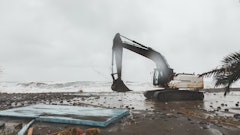The Environmental Protection Agency’s (EPA) proposal to further tighten ozone standards could result in the loss of more than 45,000 construction jobs each year, slow the nation's economy and impede vital infrastructure investments.
In comments filed to the EPA on Tuesday, March 17, the Portland Cement Association (PCA) estimates that the cement industry alone would have compliance costs and plant closures that could lead to the loss of nearly 900 jobs. Cement manufacturing jobs are highly technical and well paying, with an average wage of $77,481 per year. Most cement plants are located in small rural communities, so the impact would be felt disproportionately in those regions.
“A cement plant is vital to the economy of its community. When one is forced to close, the region loses jobs, it loses significant tax revenue for schools and public services, and it loses a strong supporter of local charities and civic activities,” said James Toscas, president and CEO at PCA. “During the past four decades, the U.S. has virtually eliminated the severe air pollution that currently plagues some other countries. However, regulators have continued to tighten air quality standards, often with little or no proven health benefit. This has gotten to the point where our essential industries have struggled to meet current standards, incurred significant costs, and in some cases had to simply shut plants down.”
Most cement and concrete in the U.S is used for infrastructure. Higher costs for construction projects would mean that governments could afford fewer projects each year. As a result, PCA estimates that costs associated with compliance to the proposed standards would lead to the loss of 45,000 construction jobs each year.
“Think for a moment which structures we traditionally build with concrete. Bridges, roads, dams, schools, and hospitals would be hit with construction cost increases at a time when the nation’s infrastructure has already deteriorated unsafe levels,” Toscas said.



















